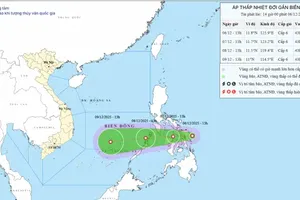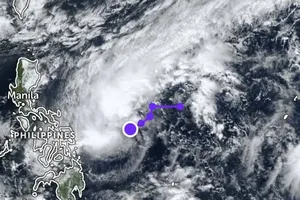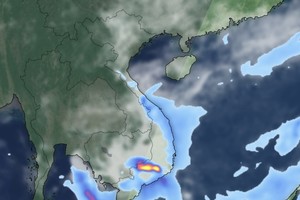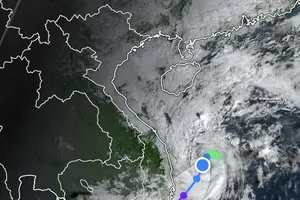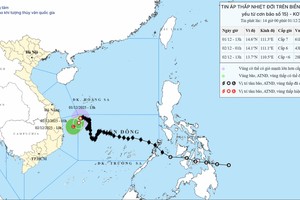 |
Southern region experiences abundant rainfall. |
According to the latest update from the National Center for Hydro Meteorological Forecasting at 3 p.m. on May 27, the South Central Coast, Central Highlands, and Southern Vietnam experienced moderate rainfall accompanied by thunderstorms, with some areas receiving heavy and torrential rains. Certain locations recorded precipitation exceeding 70mm, including Phan Lam Commune in Binh Thuan Province with 109mm, Ya Ly 1 Commune in Kon Tum Province with 82mm, Ea H’ding Commune in Dak Lak Province with 82mm, Ea Sup District in Dak Lak Province with 80mm, Duc Hoa District in Long An Province with 73mm, and Khanh Binh Commune in Khanh Hoa Province with 71mm. The forecast indicates that from the afternoon of May 27 until May 29, the Central Highlands and Southern regions will continue to experience moderate to heavy rainfall, with some areas expecting torrential rainfall ranging from 60mm to 120mm per period and some places receiving over 150mm per period.
During the period from the afternoon of May 27 to 29, the South Central Coast region can expect moderate rainfall and thunderstorms, with some areas experiencing heavy to extremely heavy rainfall ranging from 20-40mm per 24 hours and some places receiving over 80mm per 24 hours. The meteorological agency forecasts that widespread thunderstorms and localized heavy rainfall in the South Central Coast, Central Highlands, and Southern regions may continue for several more days.
In the Northern region, after nearly a week of cool weather, a new heatwave is expected to occur starting on May 29 in the Northern and Central areas due to the direct influence of the Southeastern edge of the hot low-pressure system in Asia. Specifically, on May 29, the heatwave will primarily affect the Northwest region and the Western mountainous areas of the North Central Coast and Central Coast regions, with temperatures exceeding 36 degrees Celsius. By May 30, the heatwave will expand and cover a larger area, encompassing the entire Northern region as well as the North Central Coast and Central Coast regions, where maximum temperatures could potentially exceed 39 degrees Celsius.
Meteorological experts have raised concerns about the potential risks of electricity shortages, water scarcity for irrigation, and wildfires that may recur due to the heat wave.







